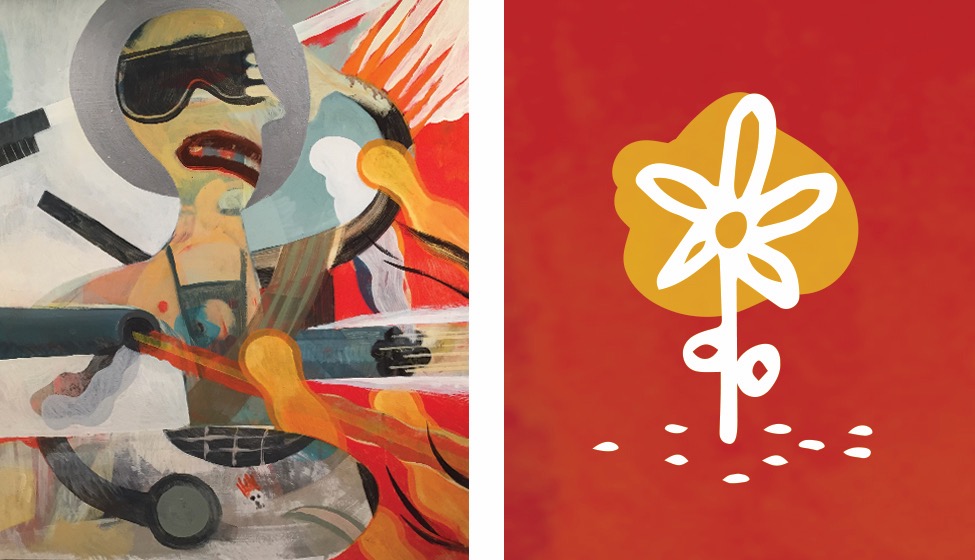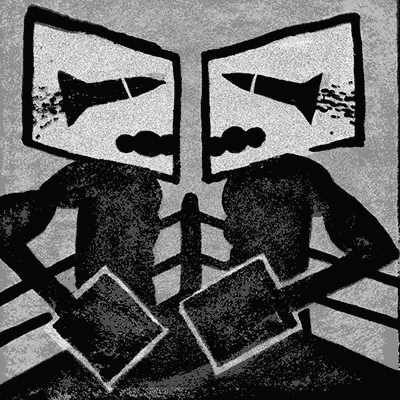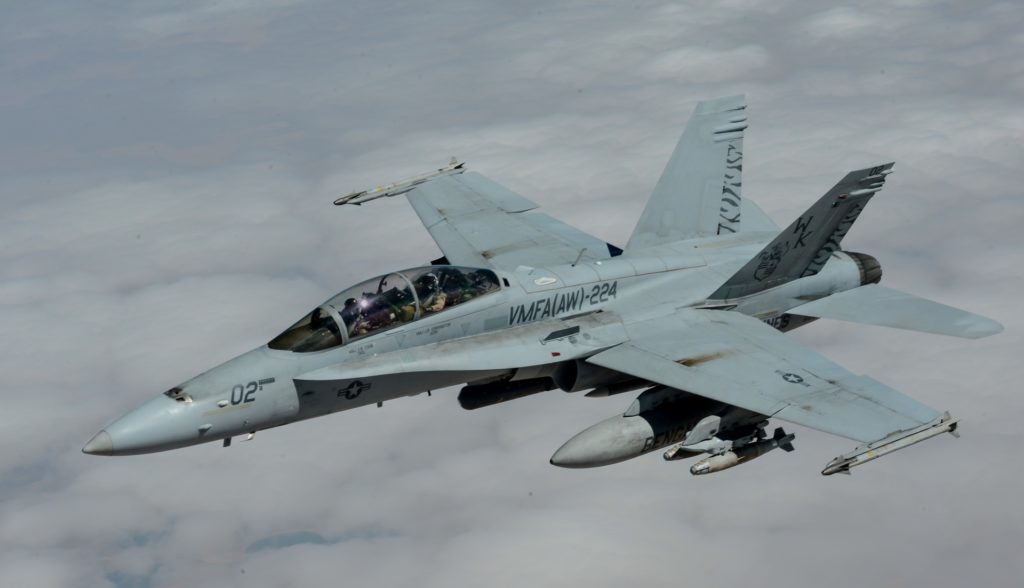
One might think that the pandemic, which has so far resulted in the death of over 20,000 Canadians along with major health complications for thousands more people, would provoke government leaders to revise the country’s priorities. It is now blatantly obvious that the real threat to our society is not from foreign countries, but from minuscule viruses. As well, the dangers we face from climate change should pose more concern than any potential military action by foreign governments.

While Canadians have to wait longer than other countries for vaccinations because we do not have the capability to manufacture the vaccine in Canada, our government is still planning to spend over a half-trillion dollars over the next 20 years for military hardware. One might ask if anyone in the federal government is questioning whether we will need more warships and fighter jets in the future, now that it is clear that viruses pose greater dangers than foreign armies. Certainly, foreign governments do pose threats, but most of these are economic, trade or territorial disputes that can be better solved with improved diplomacy and negotiations rather than by using threats of military action.

Why is Canada still stuck in twentieth century thinking when there is now more concern about cyberattacks, pandemics, weather related disasters and trade disputes? What benefits did Canada gain by spending $18 billion fighting a senseless war in Afghanistan that resulted in the death of 158 soldiers? Could it be possible that more people have perished in Canada from preventable diseases, pollution, drug overdoses and poverty than from wars?
It is clearly time for a reset of priorities for Canada, so that we are better prepared to cope with the challenges that we face in the twenty-first century. Warships, jet fighters and tanks will be useless to fight forest fires, droughts, floods, pandemics and cyberattacks. Tax dollars earmarked for military weapons need to be diverted to programs and projects that will truly protect Canada in the coming decades. For situations like the Afghanistan conflict, targeted aid programs will be a greater benefit than boots on the ground and new military hardware.
Imagine a future where all Canadians are guaranteed a living wage, where arts and culture are fostered, where more natural spaces are protected, where infrastructure has been re-built to minimize carbon emissions, where post-secondary education is free for those who need it, where young people are employed to restore damaged landscapes, and where the focus is on peace, health and happiness with more opportunities for non-motorized outdoor recreation. All of this would be possible in a demilitarized Canada.
Currently, Canada is set to spend $60 billion on warships for the navy, that includes massive design costs and extensive construction challenges. The latest news is that the delivery of the first of 15 new Type-26 frigates will be delayed until after 2030, despite the fact that this project began over 10 years ago. Meanwhile, the navy is struggling to maintain its existing, rusting fleet.

Yet another unnecessary, wasteful expenditure is the plan to purchase 88 new fighter jets at a cost of $216 million per aircraft, for a total of $19 billion. Next year, if the government proceeds and chooses which war-profiteering corporation to build the jets, there will be additional high costs for training and maintenance, as well as to pay for the enormous amount of carbon emitting fuel required to fly these war machines. There is no credible threat now or in the future that would require these war toys to be used, other than for missions directed by the United States as part of their never-ending petro-wars. To date, Canadian fighter jets have already been used to destroy infrastructure and likely kill innocent citizens as part of the U.S. “war on terror” or in earlier Gulf wars.
One of the rationales used to justify Canada’s military expenditures is that we must abide by international commitments due to our membership in NATO. In order for Canada to reduce its military expenditures, it would also need to convince other NATO members to shrink their costs as well by revising the existing agreements. Currently, Canada spends approximately 7.9 percent of its total budget on the military and last year the bill was $21.9 billion. Last year, former President Trump berated Canada for not spending enough. Should we be stooping to the likes of this wannabe fascist dictator or should we chart our own course based on peaceful co-existence rather than armed-to-the-hilt deterrence?
If demilitarization were to succeed in Canada, it would still be possible to continue on with the role of peacekeeping. Providing logistical assistance, negotiation expertise, and medical aid can produce more positive outcomes than sending the fighter jets. A good example is Cuba, which sends doctors around the world to help struggling countries cope with war and natural disasters.
There is a good example of a demilitarized country in Central America. Costa Rica abolished its military in 1948 and as a result it has reaped a peace dividend with the money that typically pays for troops and weapons and is now going to fund education, health services, arts and environmental protection in this country that has 25 percent of its land base protected. Costa Rica now rates number 1 in two world happiness indexes. Meanwhile this peaceful country has not had to defend its borders from invasions, nor has it had to adhere to international obligations for sending troops abroad to fight petro-wars.
The list above for what Canada could accomplish if money allocated for war machines was re-directed is far from complete. It is more than obvious that we need to also invest in the infrastructure and the public system to address both the current pandemic and potential future ones. With homelessness increasing there is a desperate need for more low-income housing. Despite continued promises, many First Nation communities are still without adequate drinking water, and there are numerous examples of pollution impacting many Indigenous communities. Canada has pledged to increase protection of natural spaces to 30 percent in the coming years, consequently money redirected from the military could also be used to help achieve this goal.
Recently, U.S. President Joe Biden announced plans for a Civilian Climate Corps Initiative to employ thousands of young people to help reduce carbon emissions, plant trees, restore shoreline and degraded landscapes and undertake other climate change adaptation measures. Under Biden’s executive order, the Departments of Interior and Agriculture as well as other departments have 90 days to present a plan to “mobilize the next generation of conservation and resilience workers.” Certainly, Canada could emulate this program, especially if more funds were redirected from current military hardware acquisition plans. It is time that Canada realizes that we are living in a new century, with crises that require a different mind-set than what was the status quo during the Cold War and the preposterous, wasteful and destructive “war-on-terror.” We must break free from the influence of the war profiteers that control the once greatest world power south of our border. One can only hope that our inability to adequately defeat a virus due to our lack of preparedness will awaken our leaders to the necessity for redirecting our priorities from militarization to programs that truly protect our citizens and help us better cope with an uncertain future.
POSTSCRIPT
A recent CBC news story has revealed that the costs of building a new Coast Guard ship has ballooned from $108 million to nearly $ 1 billion and the delivery date has been moved from 2017 to 2024 due to design and technical problems. This news indicates how Canada, and likely other countries, have become inept at building major projects. Why do costs skyrocket and the timeline for completing a project gets doubled or tripled? Certainly one likely cause is the amount of management jobs now required in all types of work, from universities to government to private corporations. Every decision requires meetings, phone calls, emails and on and on. If the same time of structure that is in place now throughout society was in place during World War II, we would still be fighting the war now or Germany would have won! Canada and the U.S. built ships, planes, tanks and other equipment in record time, which allowed the Allies to win in five years. Now wars go on for decades and are never won, as if the real reason for the wars was to make extraordinary profits for the war profiteering defence contractors. So really, the best solution would be just to stop making unnecessary war toys in the first place, as well as thinning out bloated management systems wherever they result in extra costs and time.






